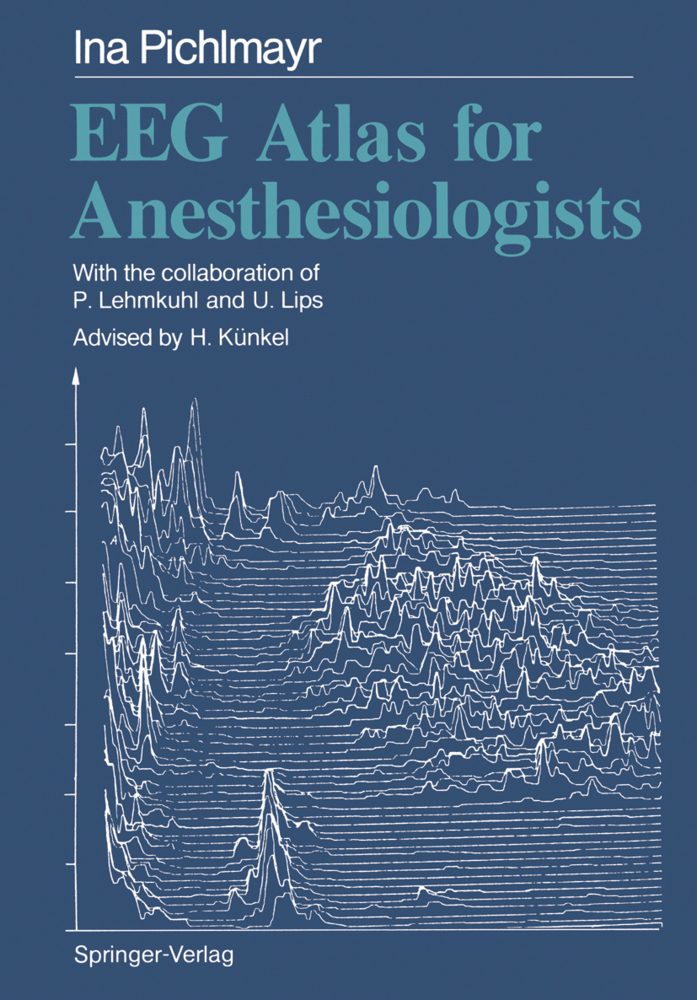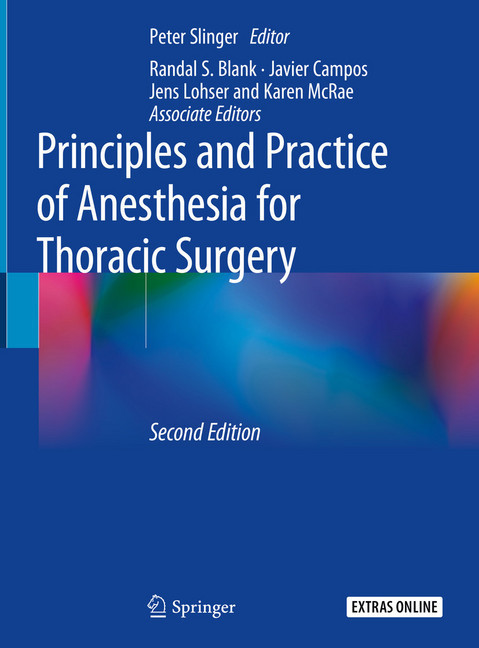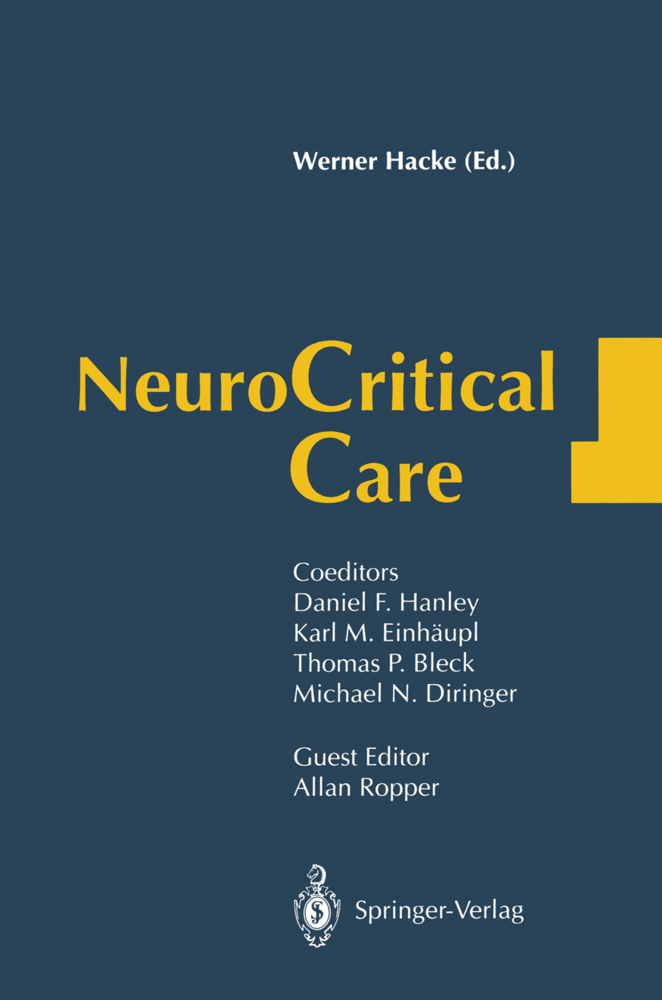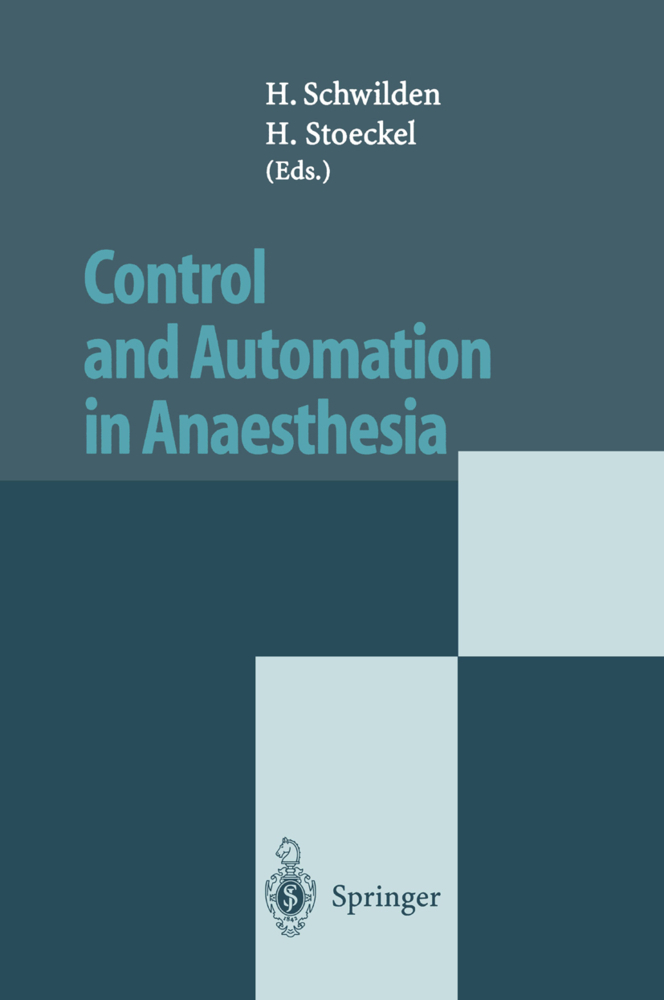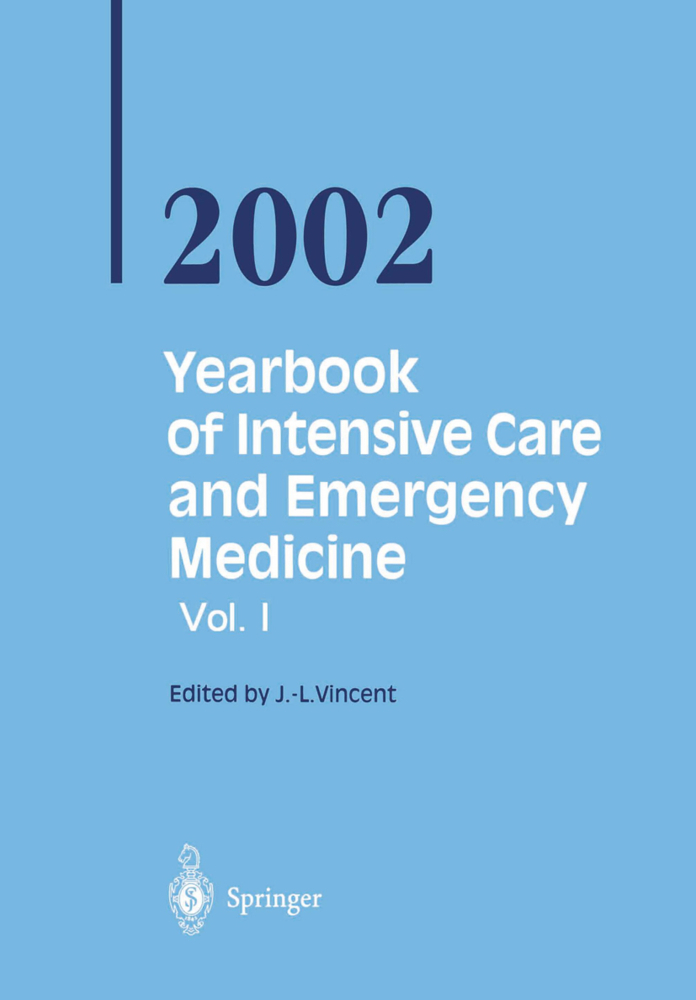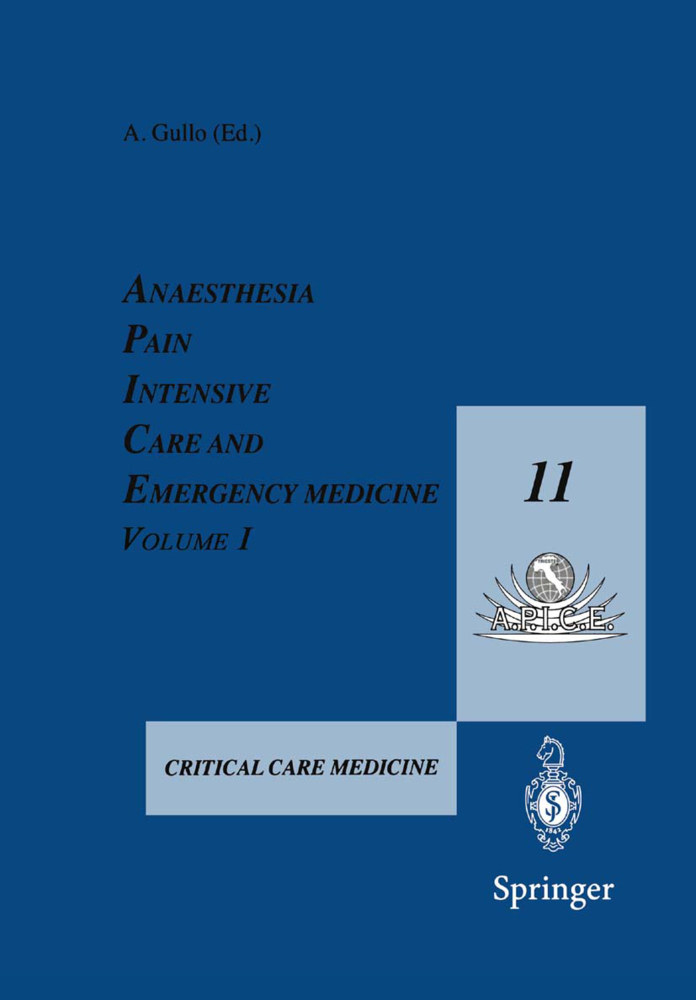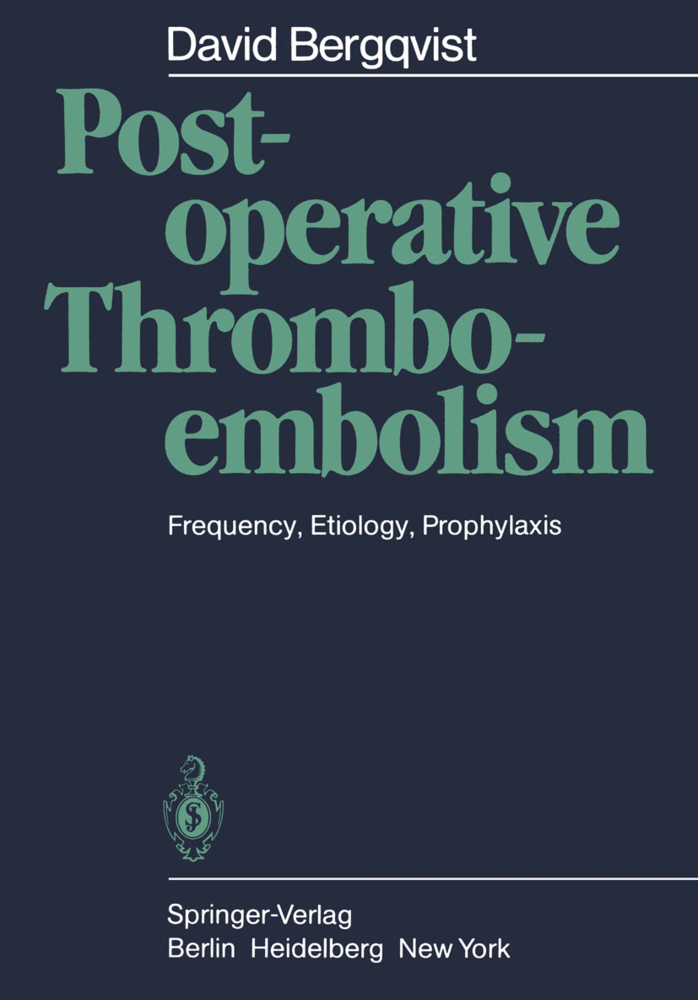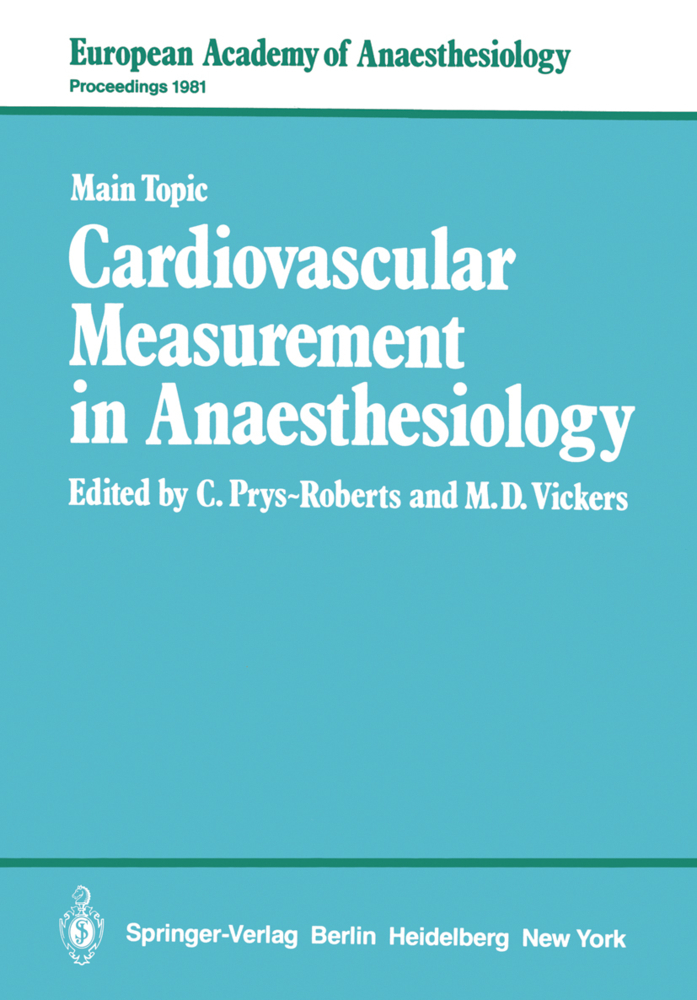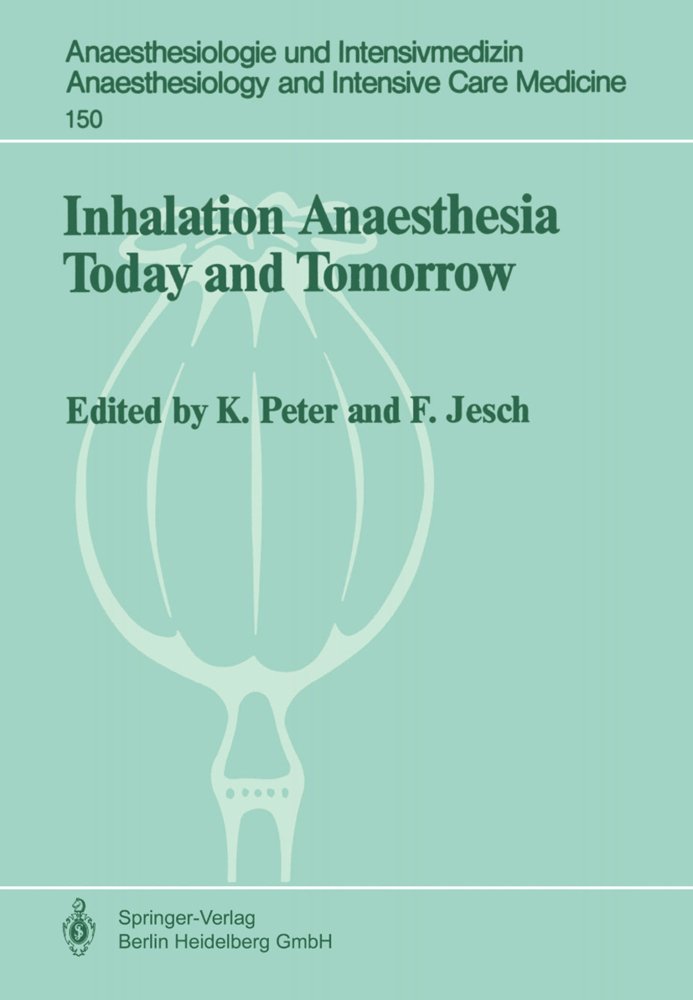EEG Atlas for Anesthesiologists
EEG Atlas for Anesthesiologists
This atlas offers a collection of EEG spectral analyses and their corresponding conventional recordings under anes thesio10gical procedures. The EEGs presented here were re corded on general surgical and gynecological patients during the last few years. Premedication, induction and maintenance of anesthesia, recovery the immediate postoperative period, and intensive care are covered. Techniques for operating the necessary equipment and artefacts relevant to the routine clinical use of EEG are briefly outlined. Typical examples of characteristic EEGs are presented at the beginning of each chapter, followed by illustrations of deviations from the norm showing the great variety of anesthesiologically induced changes of cerebral function. The description of each EEG course is assessed in relation to clinical parameters. Sometimes no satisfactory interpreta tion can be made, because many physiological and patho physiological causes of alterations in cerebral function are unknown. Time and again it proves impossible to estimate wether deviations from the norm have their origin in cerebral changes or are secondary to extracerebra1 disturbances. The atlas comprises a complete survey in itself, but it can also be seen as a supplement to the book The Electroenceph alogram in Anesthesia by I. Pich1mayr, U. Lips, and H. Kunkel (Springer, 1983), in which detailed lists of references are quoted that are omitted here.
II Technical Requirements for EEG Recording in the Operating Room and Intensive Care Unit
III Artefacts
IV Normal EEG Findings
B EEG Under Anesthestic Medication and Perioperative Influences
I Premedication
II Stages of Anesthesia
III Inhalation Anesthetics
IV Intravenous Anesthetics
V Muscle Relaxants
VI Analgetics in the Postoperative Phase
VII Cerebral Effects of Different Anesthesiological and Surgical Measures During Anesthesia
VIII Perioperative Factors Influencing Cerebral Function
IX Special Considerations for the Assessment of Cerebral Function in Geriatric Patients
X Special Considerations in Patients with Seizure Disorders
C EEG as a Method of Monitoring Anesthesia
I EEG Monitoring During Anesthesia
II EEG Monitoring in the Immediate Postoperative Period
III EEG Monitoring During Intensive Care
D Final Remarks.
A Introduction
I Advantages of EEG in AnesthesiologyII Technical Requirements for EEG Recording in the Operating Room and Intensive Care Unit
III Artefacts
IV Normal EEG Findings
B EEG Under Anesthestic Medication and Perioperative Influences
I Premedication
II Stages of Anesthesia
III Inhalation Anesthetics
IV Intravenous Anesthetics
V Muscle Relaxants
VI Analgetics in the Postoperative Phase
VII Cerebral Effects of Different Anesthesiological and Surgical Measures During Anesthesia
VIII Perioperative Factors Influencing Cerebral Function
IX Special Considerations for the Assessment of Cerebral Function in Geriatric Patients
X Special Considerations in Patients with Seizure Disorders
C EEG as a Method of Monitoring Anesthesia
I EEG Monitoring During Anesthesia
II EEG Monitoring in the Immediate Postoperative Period
III EEG Monitoring During Intensive Care
D Final Remarks.
Pichlmayr, Ina
Lehmkuhl, P.
Lips, U.
Künkel, H.
Kasperczyk, A.
| ISBN | 978-3-642-83163-8 |
|---|---|
| Artikelnummer | 9783642831638 |
| Medientyp | Buch |
| Auflage | Softcover reprint of the original 1st ed. 1987 |
| Copyrightjahr | 2011 |
| Verlag | Springer, Berlin |
| Umfang | VII, 414 Seiten |
| Abbildungen | VII, 414 p. |
| Sprache | Englisch |

